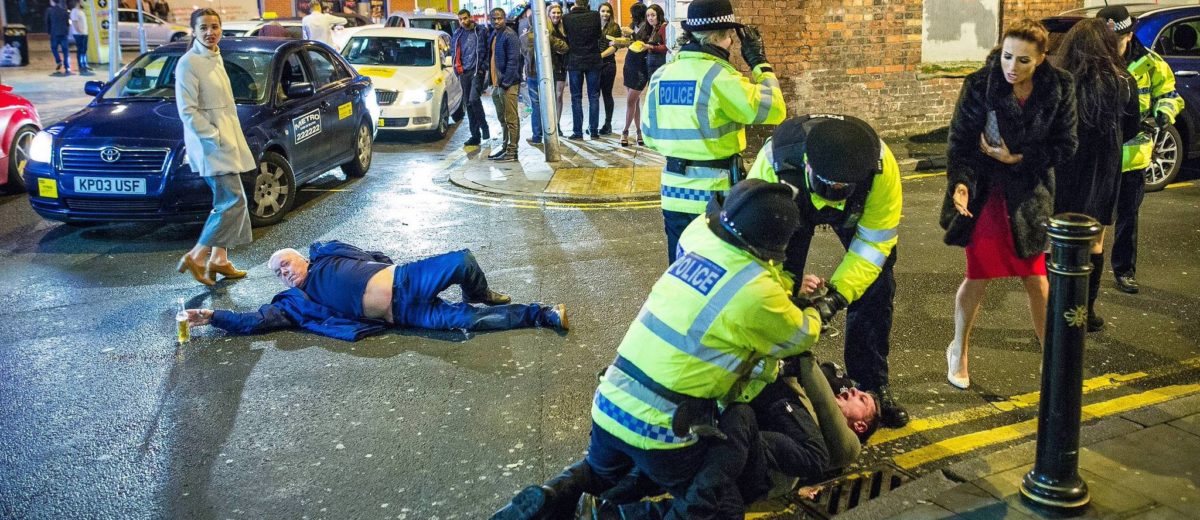Ah, the Hanseatic League. Remember the Championship game of 1922? That was great. Gordie won the Cup.
That chart above is from Britain and Poland-Lithuania: Contact and Comparison from the Middle Ages to 1795 published in 2008 and co-edited by every beer history nerd’s favorite professor, Dr. Richard W. Unger. Before I knew anything about Albany ale, I asked Professor Unger about Dutch brewing in the Hudson Valley. If I have a fanboy crush on anything about beer it’s his research on medieval to industrial Baltic trade. Because I have a brief if beefy Baltic past. While living in western Pomerania, I had beers with a guy who was on trans-Atlantic Polish factory fishing boats in the 1970s not to mention a man who was a colonel in the underground riding German train lines, slipping away from time to time to place a bomb or two. His drink nephew wagged a revolver in my face while we partied. The things you remember from time to time.
Anyway, enough about me. More about beer. Unger shows how the Hanseatic League of northern Germany and Poland was instrumental in moving hopped beer into western Europe in the 1300s. England is often said to receive hops from the Netherlands but the Netherlands receives them through trade with traders from the Hanseatic League. Early 1300s restrictions against hopped beer in the Netherlands were dropped by mid-century due to the popularity of the imported stuff. That table up there is from an article in Britain and Poland-Lithuania: Contact and Comparison from the Middle Ages to 1795 by Wendy M. Childs in an article called “England’s Contacts With Poland-Lithuania.” She is pointing out that the Polish city of Gdansk* had trading routes into England quite regularly from the 1370s including the good ship Elyn and her cargo above via Hull in 1401. Notice that the beer is not showing up from the Netherlands. It’s from Poland’s main Baltic port. Which potentially skips about maybe half a century of trade contracts. Is it possible that the first hopped beer in England was not via the nearby Netherlands** but from earlier, more easterly Hanseatic trade routes? Just speculation for sure but for me at this point the neatest idea might be that North Sea ports like Hull and Lynn might have been enjoying hopped beer a little further back than understood. And what does that mean for the brewers in those ports?
* Where, yes, I drank a lot of Gdanskie in late 1991.
**Where, oddly, I worked and drank in 1986.


On the flip side, the beer could have been picked up along the way. Hamburg and Lübeck were early in the beer trade, but their wheat-based beers didn’t keep terribly well. The real breakthrough seems to have been made some time after this in Liege, whose Luyksbier based on spelt and barley seems to have been the first beer that had real keeping ability – the description of it being much more bitter makes it sound like it was connected with the discovery of a high-alpha hop, perhaps the first of the whitebines. Luyksbier was rather later though, at the time you’re talking about they only had the much inferior dunsbier.
Thanks qq – have you any more on Luyksbier and dunsbier? My thought is the transit from the Hansa cities to places like Hull in the 1400s was likely only a matter of days and from what we see in terms of scale of brewing, a place like Hamburg would have the ability to ship quite a regular load in short order. All under the persuasion of the guns of the Hanseatic League’s navy: http://abetterbeerblog427.com/2016/04/09/the-steelyard-stillyard-stylyard-and-spelling/